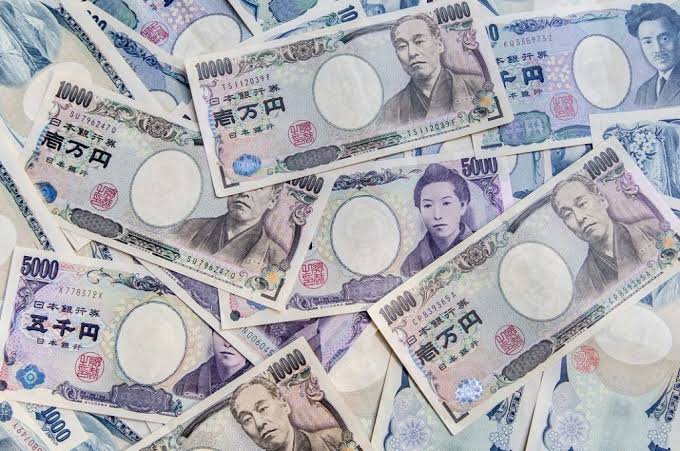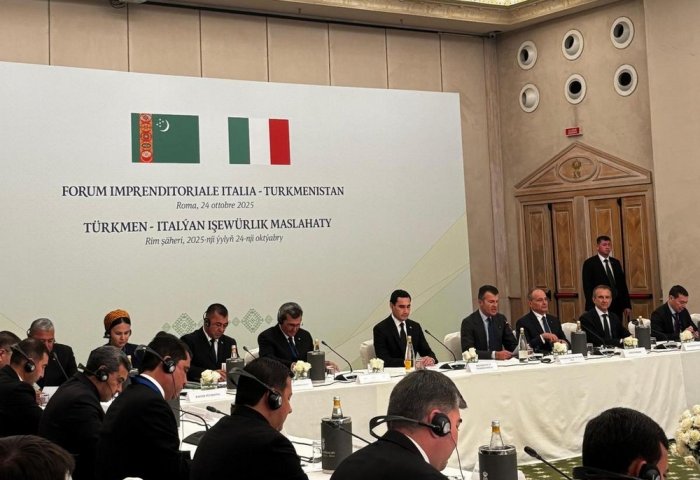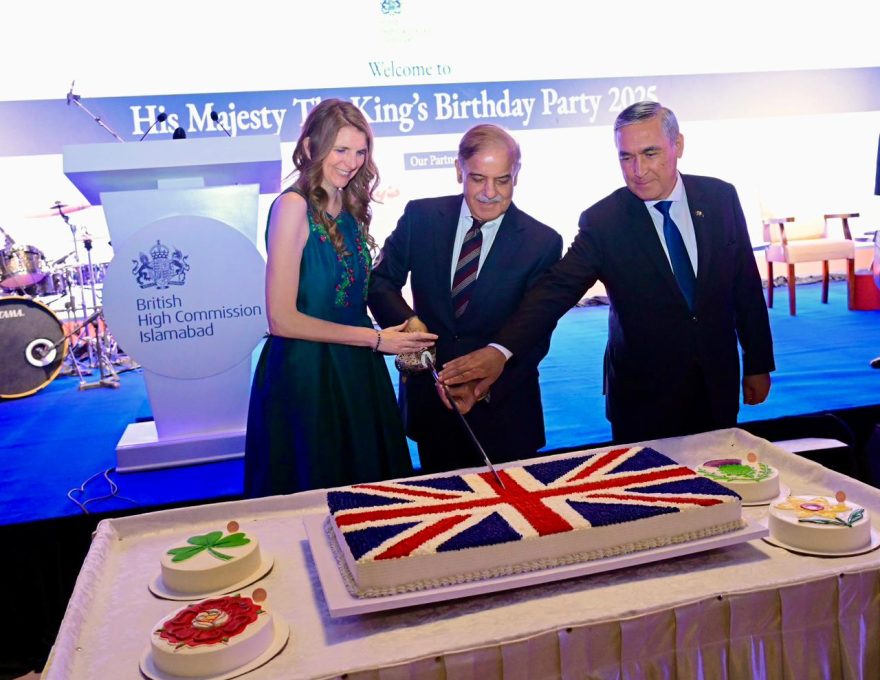Tokyo, April 29, 2024, The Europe Today: In a startling turn of events, the Japanese yen plummeted to its weakest levels since April 1990 on Monday, as trading activity was marred by thin liquidity due to a holiday in Japan. The market witnessed a sudden surge in the dollar, reaching as high as 160.245 yen, following a period of narrow trading in the range of 158.05-158.15 yen in early deals.
Analysts attributed this dramatic move to traders testing key levels and triggering stop-loss orders in a tense and illiquid market environment. A portfolio manager noted that stop-loss orders at the crucial 160 level were triggered, exacerbating the yen’s decline as traders rushed to square positions.
While the yen’s sharp descent had minimal impact on the euro and sterling, both currencies remained near the lower end of the ranges observed during Friday’s volatile trading session.
Market participants remained vigilant for potential intervention by Japanese authorities to curb the yen’s nearly 11% decline this year. The currency experienced significant fluctuations on Friday, briefly surging to 154.97 against the dollar, prompting speculation of intervention. However, the exact cause of this movement remained unclear.
As of 0200 GMT, Japan’s yen stood at 159.105, marking a 0.5% decline. Notably, Tokyo markets were closed for the Golden Week holiday.
Friday’s trading session saw substantial movement in the yen, with fluctuations ranging nearly 3.5 yen between 158.445 and 154.97. Traders expressed disappointment following the Bank of Japan’s decision to maintain policy settings unchanged and provide limited guidance on reducing Japanese government bond purchases.
The upcoming Federal Reserve’s May 1 policy review remains a focal point for markets this week, with investors anticipating a delay in rate cuts following recent data suggesting stable U.S. inflation. Analysts anticipate more two-way action in the dollar-yen pair until the FOMC meeting, as the Fed’s stance is expected to influence market sentiment.
Despite the yen’s recent decline, the Fed is anticipated to maintain its benchmark interest rate steady at 5.25%-to-5.5% at the upcoming meeting. Investors foresee possibly only one rate cut this year, currently projected for November, according to the CME’s FedWatch tool.
Meanwhile, sterling showed resilience, trading at $1.2522, reflecting a 0.22% increase from previous levels, although still below Friday’s highs of $1.2541.














